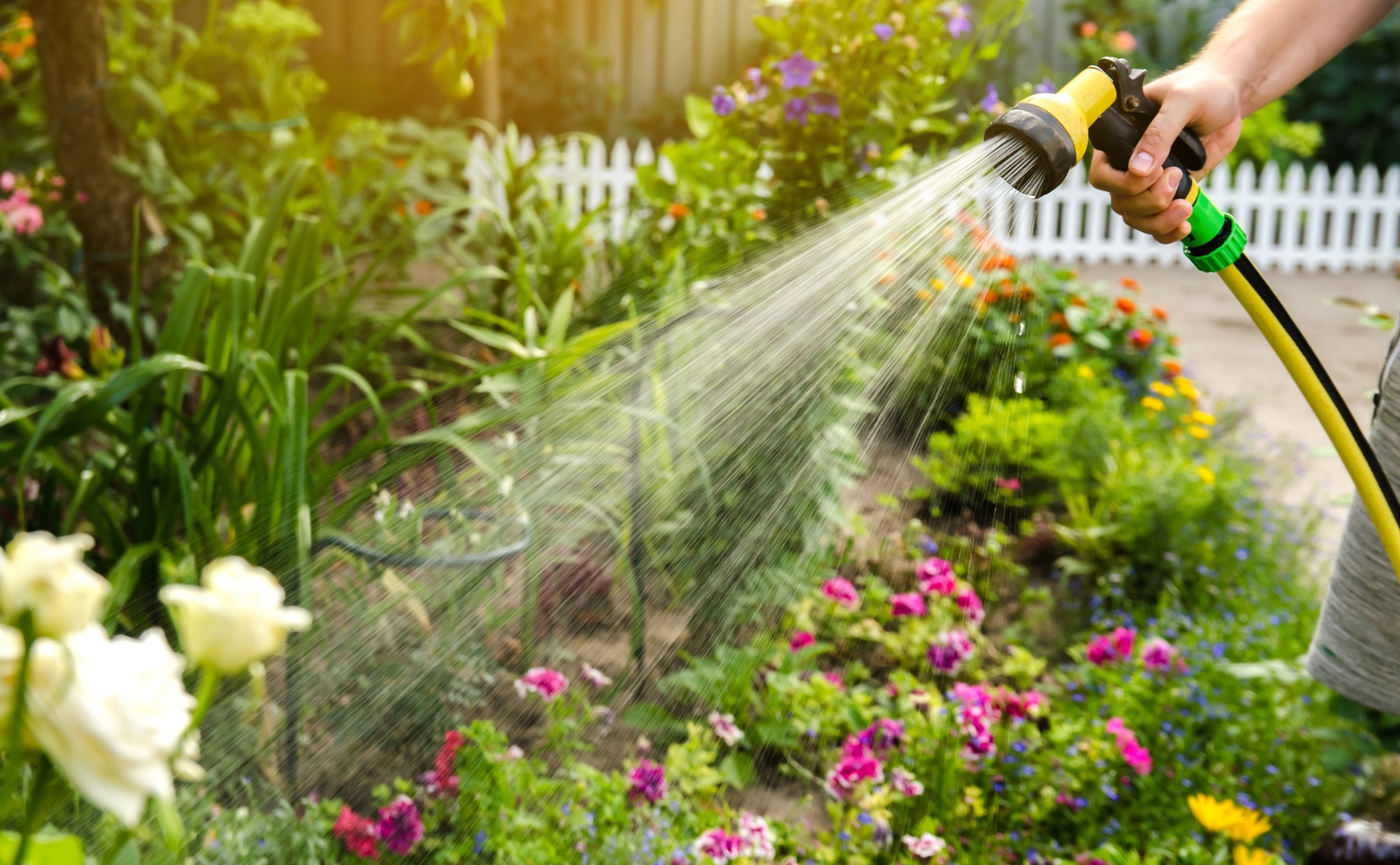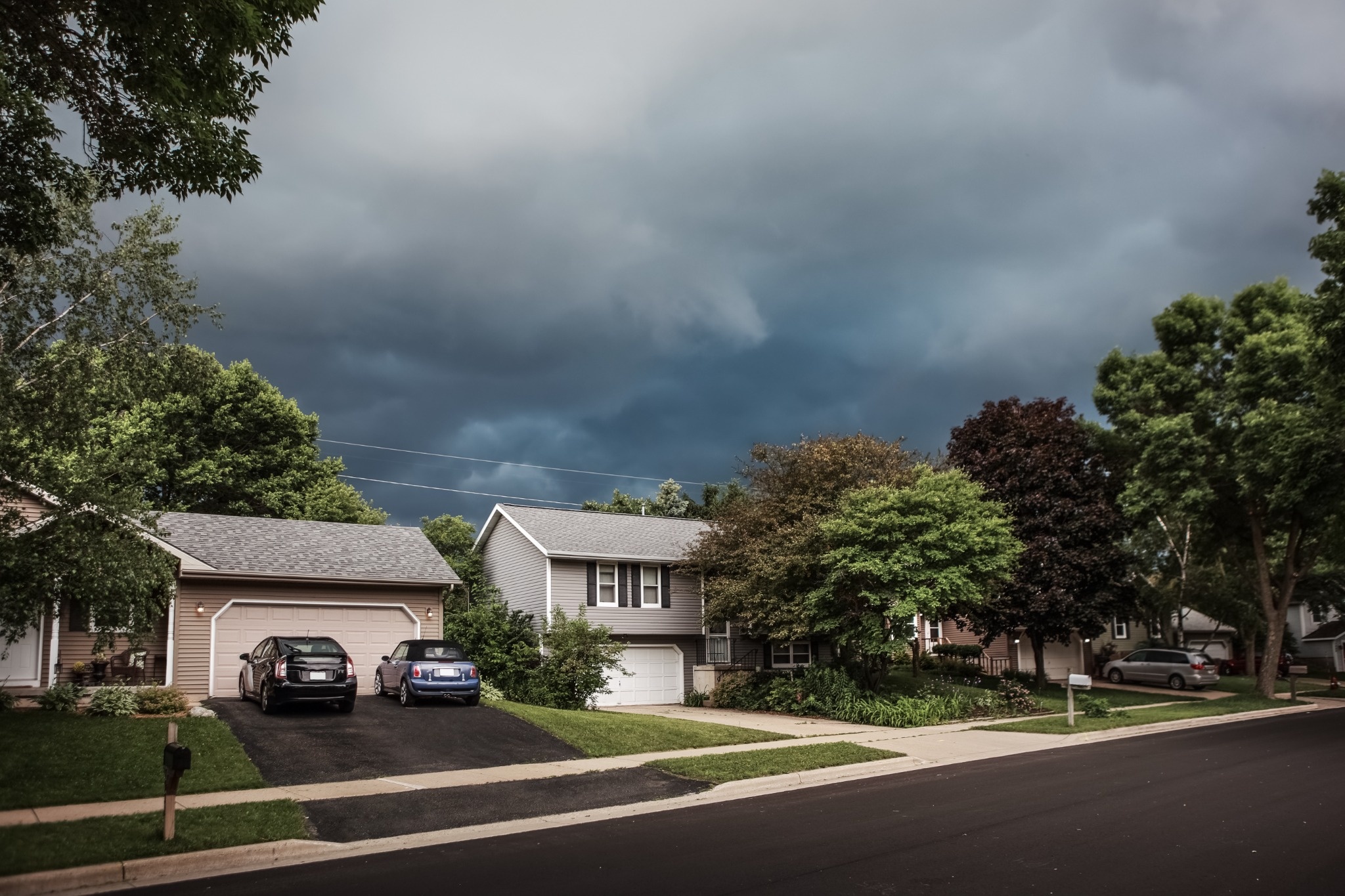Table of Contents
Storm-Proofing Your Home: Low-Cost Ways to Prepare for Harsh Weather
Severe weather can strike with little warning, and storm damage can lead to expensive repairs or even put your family’s safety at risk. Luckily, there are simple and budget-friendly steps you can take to protect your home before the next storm rolls in.

- Connects customers with nearby Roofing experts
- BBB accredited with a rating of A+
- Customers have access to listed contractors using their zip codes.
- Contractors have profiles that feature Thumbtack ratings, certifications, customer reviews, and more
- Directly contact the contractor of your choice or schedule a service call through Thumbtack.
Check out these low-cost ways to make your home stronger and safer when the weather takes a turn.
Start with the Basics: Inspect and Repair
Before you spend a dime on upgrades, give your home a once-over. Check for loose shingles, damaged siding, cracked windows, or rotting wood around doors. These small issues can turn into big problems during a storm. Use caulk or weatherproof sealant to patch gaps and cracks, and tighten or replace loose fixtures outside.
Not only are these fixes cheap, but they’re also the first line of defense against water damage and wind infiltration.
Reinforce Doors and Windows
High winds love to exploit weak entry points. Focus on strengthening your doors and windows:
- Storm Shutters on a Budget: While commercial shutters can be pricey, you can DIY plywood window covers for a fraction of the cost. Cut plywood to fit your windows and mark them for quick installation before a storm.
- Weather Stripping: Add or replace weather stripping around doors and windows to block out drafts and flying debris.
- Door Bracing Kits: Inexpensive bracing bars can add strength to exterior doors and are easy to install without pro help.
- Window Film: Safety or security window film helps hold glass together if it breaks, reducing the chance of injury from flying shards.
Anchor Outdoor Items
One of the biggest risks during a storm is flying debris. Even a plastic chair or garbage can lid can become dangerous in strong winds. Here’s how to keep things grounded:
- Secure Outdoor Furniture: Tie down or bring in patio furniture, grills, and trash cans when storms are forecasted. Bungee cords and storage bins are cheap and effective.
- Garden Gear: Store small tools and planters in a shed or covered area.
- Fence Check: Loose fence posts can become a hazard. Reinforce or repair any unstable sections before heavy winds arrive.
Clean Your Gutters and Drains
Clogged gutters can lead to serious water damage, especially during a heavy rainstorm. Make it a habit to:
- Clear Out Debris: Remove leaves, twigs, and buildup from gutters and downspouts.
- Check Drainage Paths: Make sure water is flowing away from your foundation. Use splash blocks or extend downspouts to direct water farther from your home.
These tasks take a little effort but cost next to nothing and can prevent flooded basements or damaged foundations.
Trim Trees and Shrubs
Weak or overhanging branches can crash into your home or power lines during a storm. A little pruning now can save thousands later:
- Cut Back Overhanging Limbs: Focus on limbs close to your roof, windows, and power lines.
- Remove Dead Wood: Dead or diseased trees are more likely to fall.
- Call in Help If Needed: If a tree is too large or near power lines, hire a pro. It’s cheaper than repairing storm damage later.
Strengthen the Roof on a Budget
You don’t need a new roof to improve storm resistance. Here are a few lower-cost ways to beef it up:
- Roof Straps or Clips: These metal connectors help anchor your roof to the walls and are especially helpful in high-wind areas. They can be added by a handy homeowner or installed cheaply during routine maintenance.
- Seal Roof Decking: If you’re re-roofing, ask about sealing the roof deck—a small extra step that offers big protection from water intrusion.
Emergency Kits and Plans
It’s not just about the structure—your safety matters too. Have a low-cost emergency plan in place:
- Stock Basic Supplies: Water, flashlights, batteries, a first-aid kit, and a few days’ worth of food go a long way.
- Charge Your Power Banks: Keep portable chargers ready in case the power goes out.
- Make a Family Plan: Know where to shelter in your home and how to get updates if the internet is down.
You don’t need to break the bank to be storm-ready—just a little planning and effort can make a huge difference.
Check Insurance Before the Storm Hits
While this step won’t physically storm-proof your home, it can save your wallet. Review your homeowner’s insurance and see what’s covered in case of storm damage. Flood insurance is often separate, so double-check if you live in a flood-prone area.
Call your agent if you’re unsure—it’s free and could prevent big surprises later.
Final Insights
Storms are unpredictable, but your response doesn’t have to be. With a few tools, some DIY spirit, and a bit of preparation, you can keep your home safe and save money at the same time.
Look into these upgrades now so you’re not scrambling when the forecast turns stormy.






